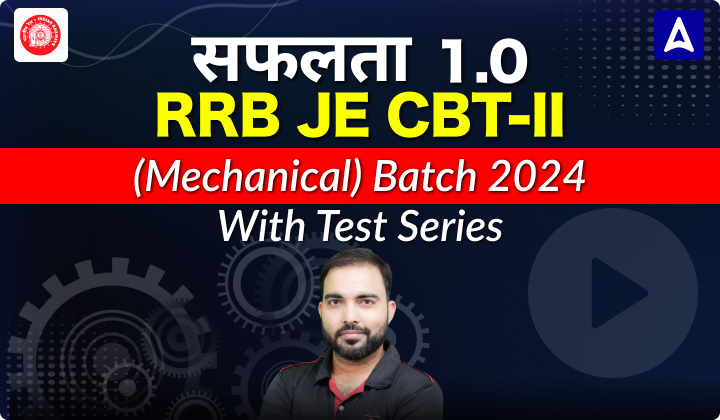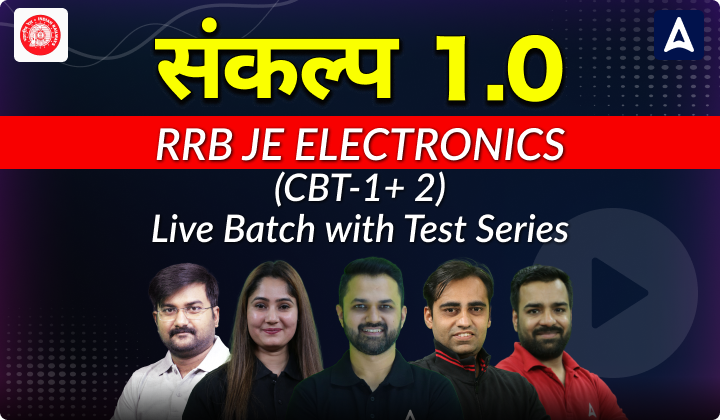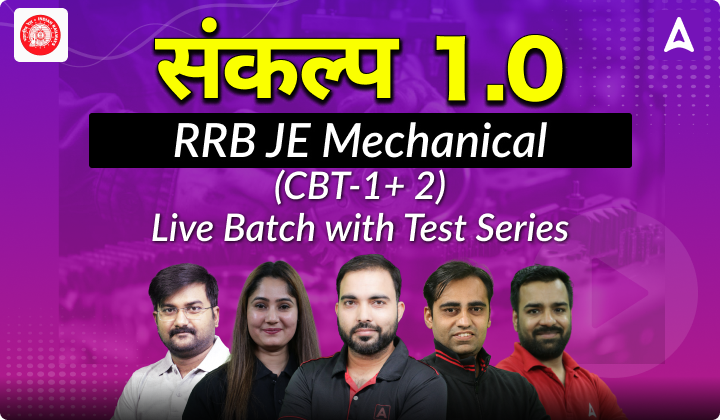Table of Contents
NHPC JE Recruitment 2021
National Hydroelectric Power Corporation (NHPC) has released the recruitment notification for engagement of the following posts as Senior Medical Officer, Assistant Rajbhasha Officer, Junior Engineer & Sr. Accountant posts. NHPC expects applications from High Performing, Dynamic & Achievement-Oriented Professionals candidates to fill up these 173 vacancies.
NHPC-JE’21 EE: Daily Practices Quiz
NHPC-JE’21 EE: Daily Practices Quiz 08-NOV-2021
Each question carries 1 mark.
Negative marking: 1/4 mark
Total Questions: 06
Time: 06 min.
Q1. Feeders are designed mainly from the point of view of:
(a) Current Carrying Capacity
(b) Voltage Drop in it
(c) Operating Voltage
(d) Operating Frequency
Q2. The Conductors used in high tension over-head lines are:
(a) Solid
(b) Stranded
(c) Both a and b
(d) None of the above
Q3. Superposition theorem is based on the concept of the opposite of which is:
(a) Linearity
(b) Causality
(c) Non-Linearity
(d) Instability
Q4. Which of the following is used for the measurement of the insulation resistance?
(a) Megger
(b) Wattmeter
(c) Ammeter
(d) Voltmeter
Q5. A transformer has iron loss of 900 W and copper loss of 1600 W at full load. At what percentage of load will the efficiency be maximum?
(a) 133
(b) 125
(c) 75
(d) 66.66
Q6. A transformer is working at full load with maximum efficiency. Its iron loss is 1000 W. What will be its copper loss at half full load?
(a) 2000 W
(b) 1000 W
(c) 500 W
(d) 250 W
SOLUTIONS
S1. Ans.(a)
Sol. Generally from feeders, no tapping is taken to the consumer, so current loading in the feeder remains the same throughout the conductors. so, feeders are designed based on the current-carrying capacity.
NOTE: Feeders are the conductors which connect the substations or generating stations to the areas to be fed by these stations.
S2. Ans.(b)
Sol. Conductors used in the high voltage transmission are stranded.
S3. Ans.(c)
Sol. Superposition theorem is based on circuit linearity property and the opposite of Linearity is non-Linearity.
S4. Ans.(a)
Sol. Normally the insulation resistance is quite high and can be measured by an instrument called “megger” usually used for the measurement of high resistance.
S5. Ans.(c)
Sol. maximum efficiency in %=√((iron loss(P_i))/(full load cu-loss(P_cu)) )×100=√(900/1600) ×100=75 % of full-load
S6. Ans.(d)
Sol. For maximum efficiency, Copper loss (Pc) = Iron losses (Pi) = 1000 W
And P_cu (x)=x^2×P_cu (full-load)
∴P_(cu(half-load))= (1/2)^2 P_(cu(full-load))=1/4×1000=250 W


 C DAC Noida Recruitment 2024 Out, Apply ...
C DAC Noida Recruitment 2024 Out, Apply ...
 RRB JE Admit Card 2024 @indianrailways.g...
RRB JE Admit Card 2024 @indianrailways.g...
 NMDC JOT Admit Card 2024, Direct Link to...
NMDC JOT Admit Card 2024, Direct Link to...











